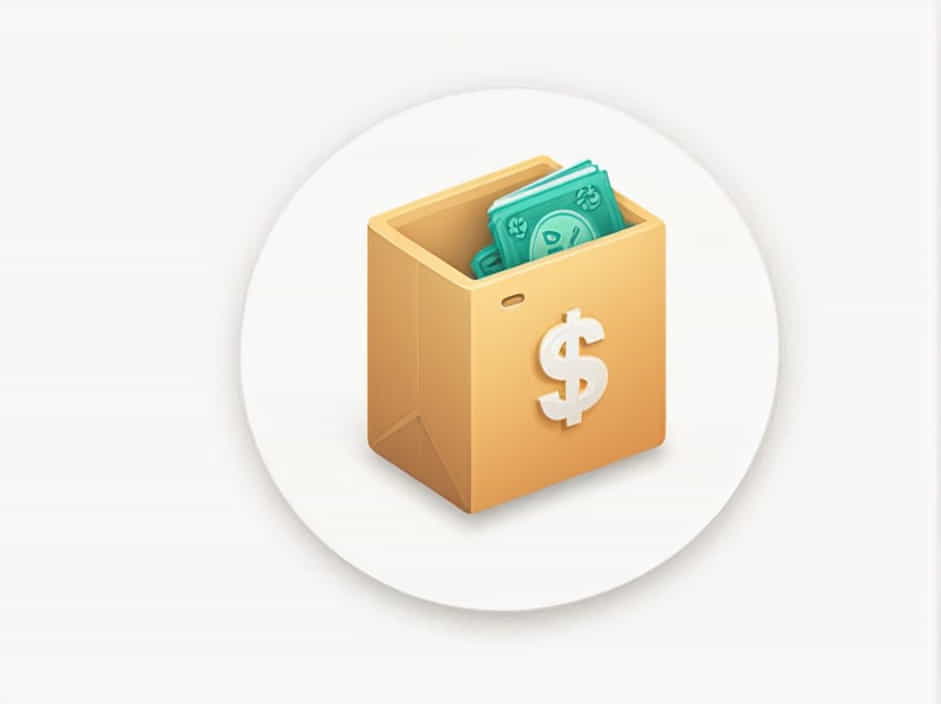In business accounting, every financial transaction must be recorded accurately to maintain clear and transparent financial records. When a company purchases supplies for cash, this transaction must be documented properly in the accounting system.
But where exactly should this be recorded? This topic explains the correct journal entry, the impact on financial statements, and best practices for recording cash purchases of supplies.
Understanding the Purchase of Supplies for Cash
What Are Supplies in Accounting?
Supplies refer to items used in daily business operations that do not qualify as fixed assets. These may include:
- Office supplies (paper, pens, ink)
- Cleaning supplies
- Packaging materials
- Maintenance tools
Supplies are typically categorized as either:
- Office Supplies – Used in administrative activities.
- Operating Supplies – Used in production or service delivery.
What Does a Cash Purchase Mean?
A cash purchase means that payment is made immediately at the time of the transaction. This could be through:
- Physical cash
- A company debit card
- An electronic funds transfer
Since no credit is extended, the transaction is recorded as a direct reduction in cash balance.
Where to Record the Purchase of Supplies for Cash
1. The Journal Entry for Cash Purchase of Supplies
When supplies are purchased with cash, the following journal entry is made:
Debit: Supplies Account (Asset)
Credit: Cash Account (Asset)
This entry reflects:
- An increase in supplies (since the business now owns them).
- A decrease in cash (since the business paid immediately).
2. The General Journal
The transaction is first recorded in the general journal, which serves as the primary book of accounting records. The entry would look like this:
| Date | Account | Debit () | Credit () | |
|---|---|---|---|
| YYYY-MM-DD | Supplies | XXXX | |
| YYYY-MM-DD | Cash | XXXX |
3. Posting to the Ledger
After being recorded in the journal, the transaction is transferred to the ledger accounts:
- The Supplies account (an asset) increases.
- The Cash account (an asset) decreases.
Impact on Financial Statements
1. Effect on the Balance Sheet
- Supplies (Current Asset) ↑ Increase
- Cash (Current Asset) ↓ Decrease
Since both are asset accounts, the total assets may remain unchanged unless supplies are immediately used.
2. Effect on the Income Statement
If the supplies are used immediately, they become an expense, affecting the income statement as follows:
Debit: Supplies Expense (Expense)
Credit: Supplies (Asset)
This reduces net income since expenses increase.
3. Cash Flow Statement Impact
The purchase of supplies is reflected under the operating activities section of the cash flow statement as an outflow of cash.
Best Practices for Recording Cash Purchases
1. Keep All Receipts and Invoices
Always retain proof of purchase for audit and tax purposes.
2. Categorize Supplies Properly
Separate office supplies from production supplies for accurate reporting.
3. Use Accounting Software
Tools like QuickBooks, Xero, or SAP help automate cash purchase recording.
4. Reconcile Cash Accounts Regularly
Ensure all cash transactions are recorded accurately and match bank statements.
The purchase of supplies for cash must be recorded correctly in the general journal and ledger to ensure accurate financial reporting. It affects the balance sheet, income statement, and cash flow statement, making it essential for businesses to track these transactions efficiently.
By following proper accounting practices, companies can maintain clear records, streamline tax filings, and ensure financial transparency.
